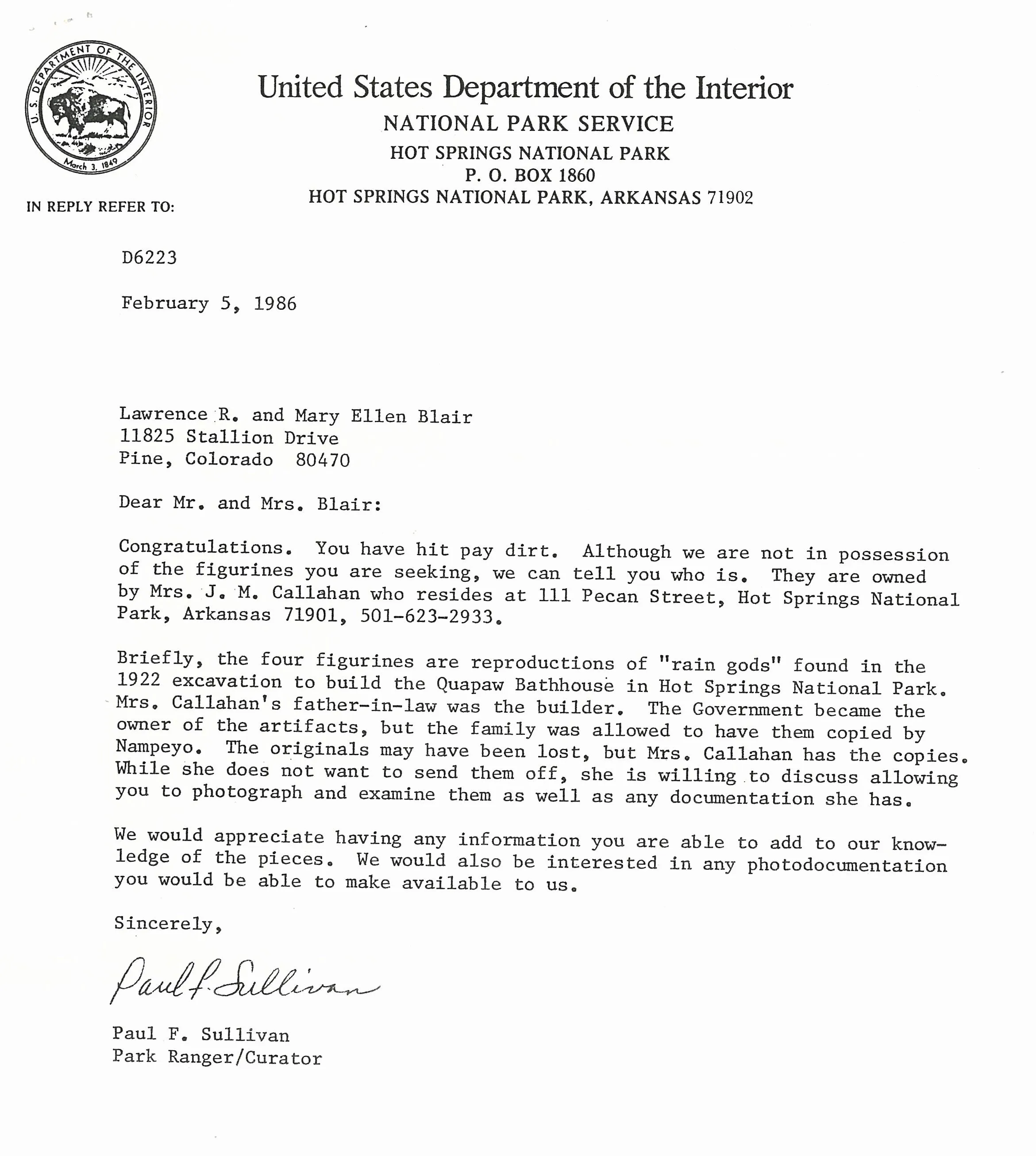Why You Might Not Use Your Name in a Cover Letter
The conventional wisdom dictates that your name should be prominently displayed at the top of your cover letter, but there are specific situations where omitting your name can be not only acceptable but strategically advantageous. Understanding these scenarios is crucial for tailoring your cover letter to the specific requirements of the job application process. Whether it’s for privacy concerns, specific application guidelines, or to emphasize your skills, knowing when to exclude your name can set your application apart. Often, the decision to exclude your name hinges on the type of job application you are submitting or the specific practices of the hiring organization. It is important to consider the context to craft an effective and compliant cover letter that aligns with the application’s requirements.
When to Omit Your Name
Several specific scenarios justify omitting your name in a cover letter. These situations are typically designed to protect your privacy or align with the employer’s specific hiring practices. In blind applications, where the initial screening is based solely on skills and experience, omitting your name is standard procedure. Also, certain organizations may require it to ensure fair and unbiased evaluations. Be mindful of the specific instructions in the job posting to avoid any missteps. Similarly, if you have privacy concerns, such as wanting to limit the amount of personal information circulating online, omitting your name can be a practical step. Always prioritize the requirements and ethical considerations to create an appropriate and compelling cover letter.
Unconventional Job Applications
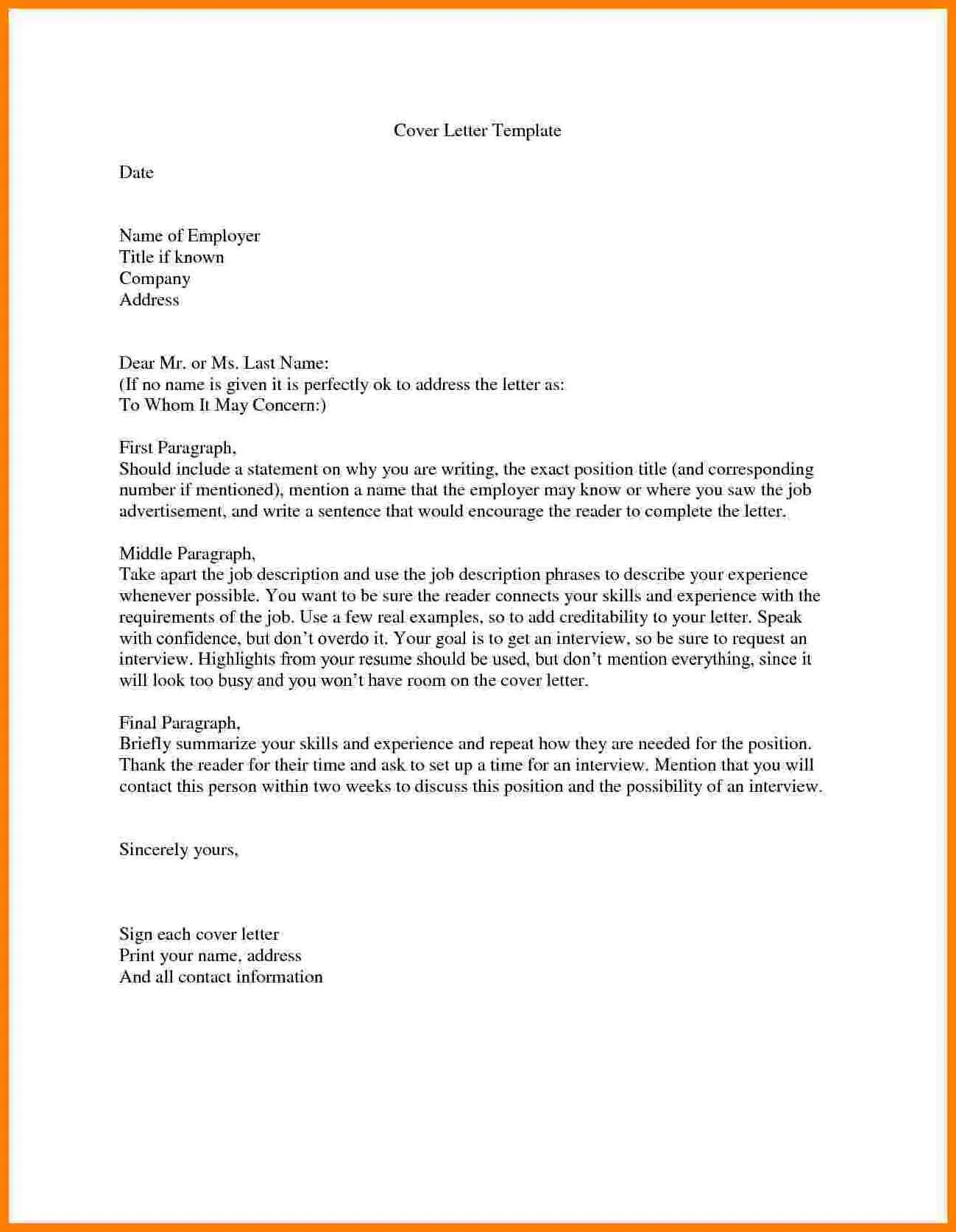
In unconventional job applications, such as those submitted through platforms focused on anonymity or creativity, omitting your name might be necessary. These platforms sometimes prioritize skills and portfolios over the applicant’s identity to encourage objective evaluations. Pay close attention to the application guidelines to see if anonymity is encouraged or required. Also, some companies may have unique application processes that encourage anonymity, especially in creative fields where the emphasis is on portfolio work. Make sure you tailor your cover letter to the specific platform or process to ensure your application adheres to the necessary requirements, and highlights your relevant skills.
Blind Applications and Privacy
Blind applications are specifically designed to remove identifying information, including your name, to reduce bias in the initial screening phase. Employers use these methods to assess your qualifications objectively. When participating in blind applications, the process dictates that your name, and potentially other identifying details, should be excluded from your cover letter and resume. You should carefully review the instructions provided to ensure that you meet their requirements. Additionally, privacy concerns can influence the decision to omit your name. If you have any concerns about your personal information being widely distributed or stored, omitting your name is a proactive measure you can take. Emphasizing your skills and experience while protecting your identity can make your application more focused.
Formatting a Cover Letter Without a Name
Formatting your cover letter without a name involves some creative adjustments to ensure professionalism and clarity. The header, traditionally containing your name, must be rethought, and you must ensure that contact information is still easy to find. This allows you to maintain a professional appearance while still presenting essential details. The way you structure the letter and how you present your information should be tailored to match the absence of your name. When you properly format a cover letter without a name, you ensure that your application is not only compliant with the guidelines but also clear and professional, allowing your skills and experience to be the main focus.
The Header Alternatives
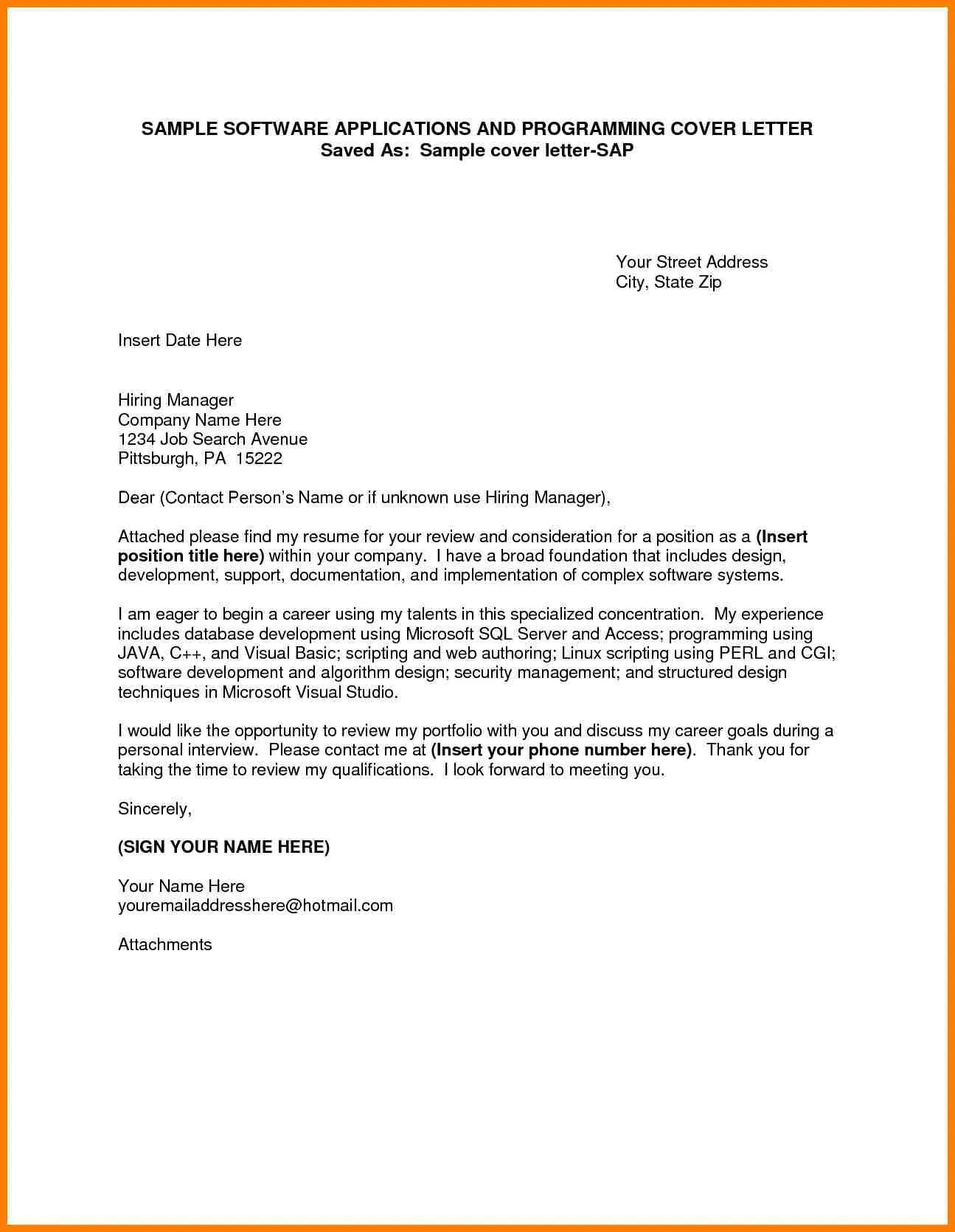
The header is the first part of the cover letter, and when omitting your name, you have a few options to choose from to replace this. The most common method involves using your contact information. If a job title or a unique identifier is provided, this can also be included. The main idea is to replace your name with information that helps the hiring manager identify your application and contact you. By carefully choosing your alternative, you can make sure that your cover letter is easy to navigate, professional, and compliant with the necessary requirements. Regardless of what you decide, make sure the chosen information is consistent with the rest of your application.
Using a Job Title
When you omit your name from the header, you can sometimes substitute it with the job title you are applying for. This is useful in helping the hiring manager quickly identify the position you are interested in. In the absence of your name, the job title is immediately recognizable, letting them know which role your application is for. If the job title is particularly relevant, consider using it in the header. If the application requires a unique identifier, be sure to include that in the header so that your application can be readily matched. This is a good way to make your cover letter professional while making it clear for whom the letter is for.
Using a Unique Identifier
Some employers or application systems may provide a unique identifier for each applicant, which can replace your name in the header. This identifier is usually a number, code, or a set of letters, and is designed to allow for the tracking of your application without using personal information. If you are given such an identifier, make sure to include it in your header. Using the unique identifier keeps your application consistent with any specific instructions and lets the employer keep track of the application. This method is excellent for applications where anonymity is key and helps to maintain a professional tone in your application. Ensure that you use the exact identifier provided, so your application is correctly tracked.
The Body of Your Name-less Cover Letter
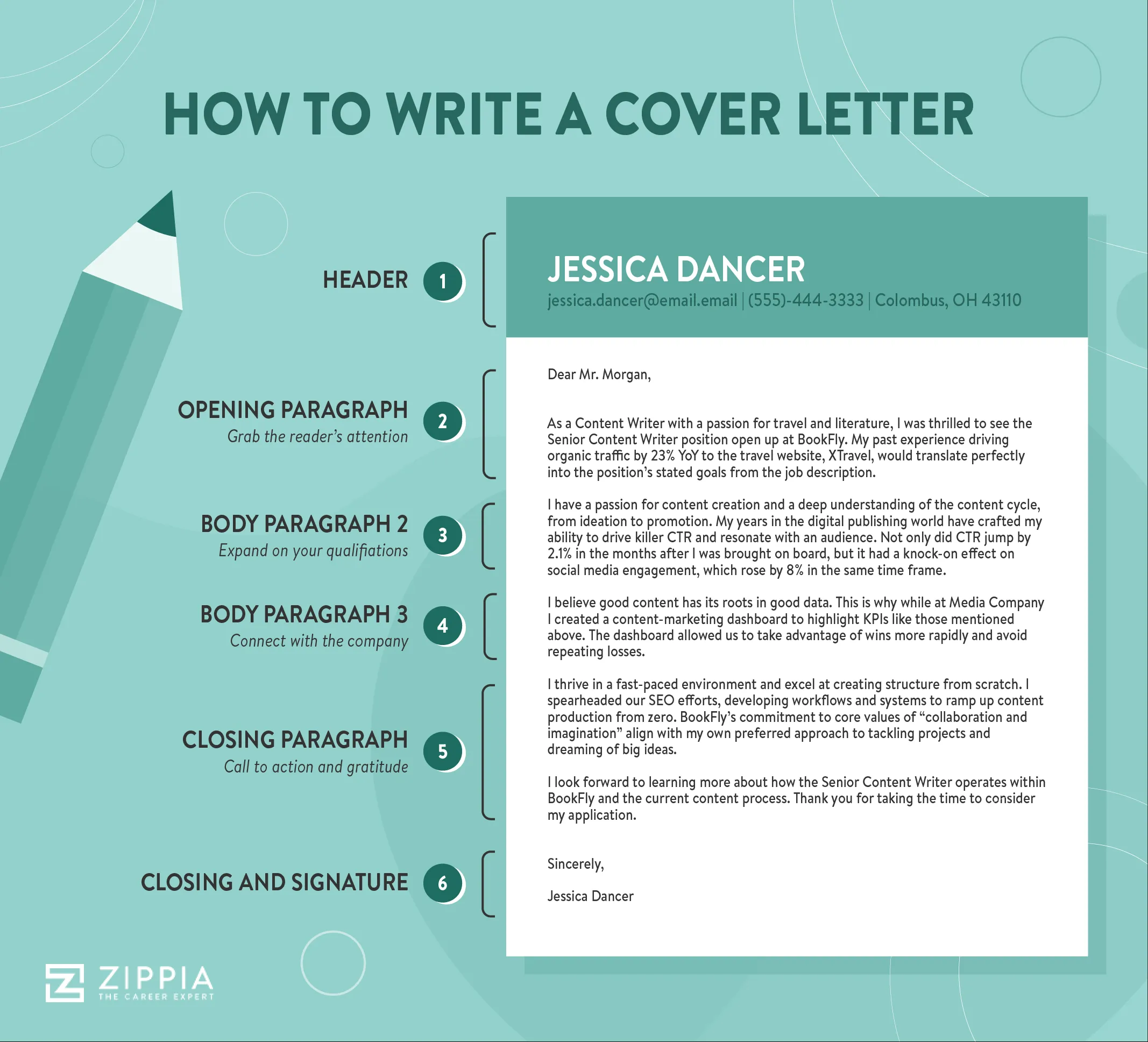
The body of your cover letter should focus on your qualifications and highlight relevant skills and experience. Since you are not using your name, the content becomes even more important to show who you are. You can highlight the hiring manager’s needs, skills and experiences, and what you bring to the table. Structure your letter strategically to make it easy to understand. The body is where you make your case, proving that you meet the qualifications and fit the role. The language and how you structure your writing is key when highlighting your accomplishments and your potential. Through the body of your cover letter, you are building a clear and compelling argument in favor of hiring you.
Addressing the Hiring Manager
Addressing the hiring manager correctly is critical. Begin with a professional greeting such as “Dear Hiring Manager,” or if you know the hiring manager’s name, use it. If you don’t know who the hiring manager is, it’s generally better to use a general greeting than to guess the person’s name. Personalizing your address is important as it shows attention to detail and indicates that you have done your research on the company. Keep your greeting concise and direct to show that you respect their time. By starting your cover letter with a thoughtful greeting, you set a professional and engaging tone. This makes a great first impression and demonstrates your respect for the person reading your letter.
Focus on Your Qualifications
Since your name is not on your cover letter, your qualifications become even more significant. Focus on your skills, experience, and how you align with the job’s requirements. Begin by briefly explaining your key strengths and then expand on each of them. Use specific examples and quantifiable results to prove your accomplishments and emphasize what you have to offer. This ensures that your application stands out, as your skills and abilities will be the main focus. The more specific you are about your accomplishments, the more compelling your cover letter becomes. By concentrating on your qualifications, you show your potential to the hiring manager and increase your chances of getting an interview.
Highlighting Skills and Experience
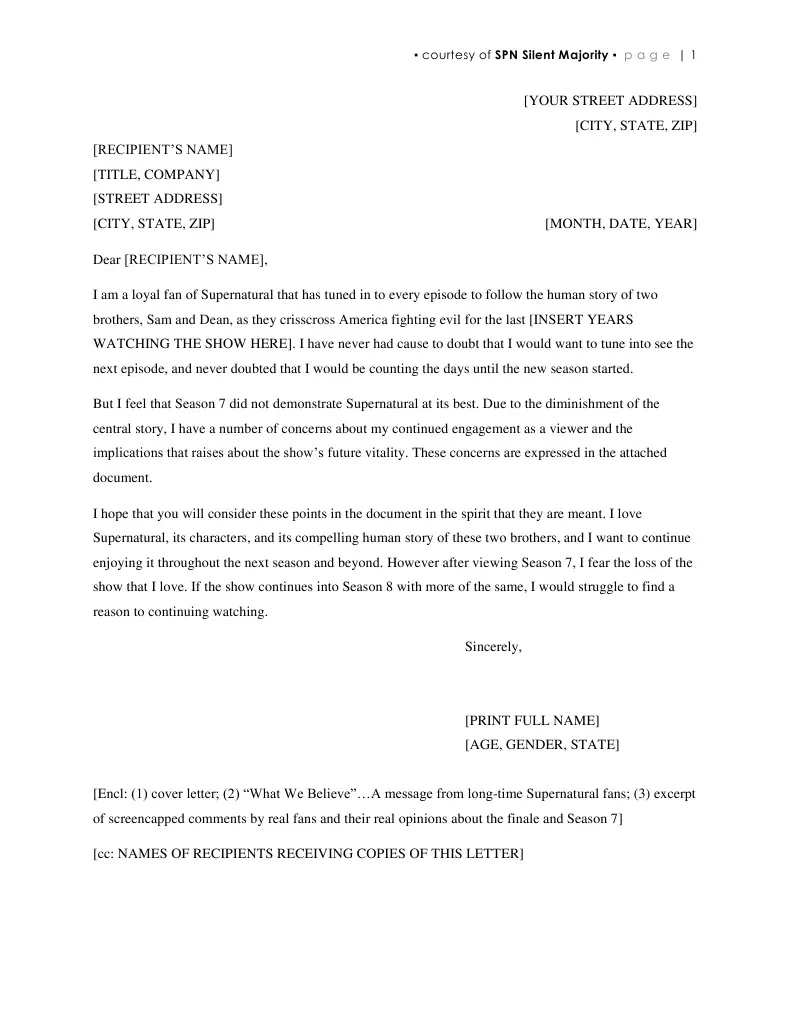
When your name is omitted, highlighting your skills and experience is important. Start by identifying the key skills and experiences the employer requires. Match these with your own qualifications and provide specific examples of how you used these skills in previous roles. Use action verbs to describe your accomplishments. Quantify your achievements whenever possible. The goal is to create a clear picture of your capabilities and show how you can contribute to the company’s success. Highlighting your skills and experience not only helps you stand out but also allows the hiring manager to see your value. Make sure the information is well organized and easy to follow, to show your potential and make a great impression.
Providing Contact Information
Even if you don’t use your name on your cover letter, you still need to provide your contact information. This is necessary to allow the hiring manager to reach you for interviews or to ask any questions. Where you place this information and how you format it can vary, but make sure it is easy to find and consistent with any instructions provided by the employer. The objective is to present all the necessary contact details in a professional and accessible manner so that the hiring manager can connect with you promptly. Make sure your contact information is readily available to make sure you don’t miss any opportunity.
Where to Include Contact Details
The placement of your contact details is critical when you do not use your name on your cover letter. You can include them in the header, the footer, or in the closing section of the letter. If you use the header for the job title or a unique identifier, the contact details can go in the footer. However, you can also include your contact information in the closing part of the letter, immediately before your sign-off. The important part is that the information is clearly visible and easy to find. Consistency in the location of your contact information is essential to give a professional appearance. By including contact details in a logical place, you make it easier for the hiring manager to contact you and move the application process forward.
Email Signature and Contact
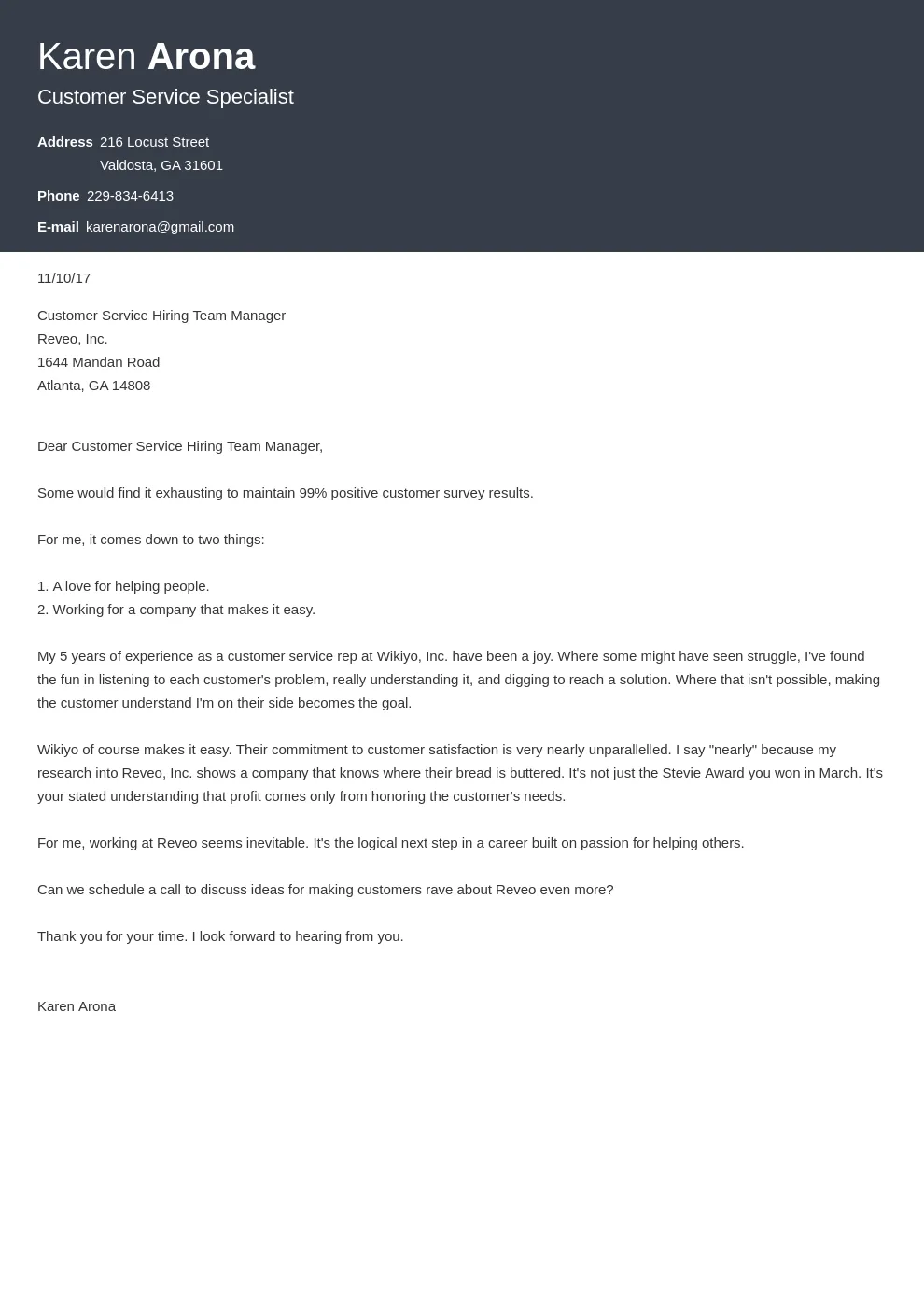
In your email signature and contact information, you can include your phone number, email address, and any relevant links like your LinkedIn profile or portfolio. Make sure that your email address is professional and free of any unprofessional names or nicknames. Also, confirm that your voicemail is set up and that you are able to answer your phone promptly. Your contact information must be easy to read, and it must be formatted consistently across all the application materials. You need to guarantee that all the contact details provided are correct and up to date, as any errors may result in the loss of opportunity. Ensuring that your contact information is ready and precise improves your chances of getting the job.
Phone Number and Availability
Include your phone number and be sure to state your availability for interviews. This is very important for the hiring manager to quickly schedule an interview. Make sure that you can answer your phone during the hours you are available. If you are unavailable at times, be sure to specify those times. This helps the hiring manager to plan the interview and reduces the chance of miscommunication. It is recommended to include your time zone to avoid confusion. By providing detailed contact information, you can show how dedicated you are and make sure the application goes smoothly.
Avoiding Common Mistakes
Even when omitting your name, certain errors can hurt your application. A few common mistakes include using generic greetings, losing focus, and using the wrong tone. By preventing these mistakes, you can increase your chances of success. Always make sure that your cover letter meets the employer’s requirements. A cover letter without your name requires careful attention to detail. Addressing these common mistakes will help ensure that you present yourself professionally and effectively to the hiring manager.
Generic Greetings
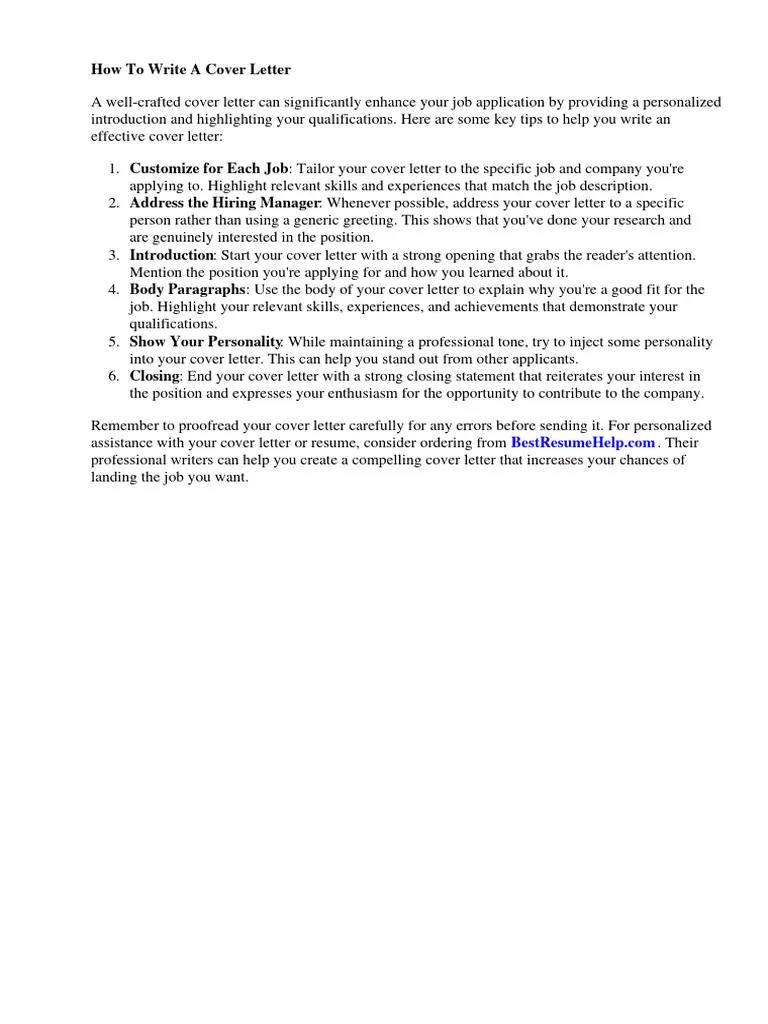
Using generic greetings is a very common mistake that can prevent your cover letter from standing out. Avoid using generic greetings like “To Whom It May Concern.” Instead, always try to address your cover letter to a specific individual. If you can’t find the hiring manager’s name, you can try to do some research. You can also look at the company’s website or LinkedIn. If the hiring manager’s name cannot be found, using “Dear Hiring Manager” is a better option. By avoiding generic greetings, you demonstrate a greater level of care, and make a better first impression. This lets the hiring manager know that you have spent time researching the role and the company, and that you are prepared to make a contribution.
Overlooking the Purpose
Overlooking the main purpose of your cover letter is a crucial mistake. The main goal of the cover letter is to connect your abilities and experience to the requirements of the job. Avoid simply repeating what’s on your resume; you should also highlight how your skills align with the job. Your cover letter should reflect your understanding of the company’s goals. It is important to show the hiring manager how you can contribute. Always ensure that your letter directly addresses the employer’s needs. To demonstrate your interest, always write a well-focused cover letter, and demonstrate how you can help the company.
Using the Wrong Tone
Using an inappropriate tone is another common mistake to prevent. Your cover letter should have a tone that matches the culture of the company. Using a professional tone is generally best, although a more casual tone may be suited in some cases. Avoid using overly formal language or language that might appear too casual. Always revise your cover letter to make sure it is suitable for the job and company. Your tone conveys your personality and professionalism. Use a friendly and professional tone so the hiring manager sees that you are serious and interested in the job. Proper tone is essential to making a good impression.
